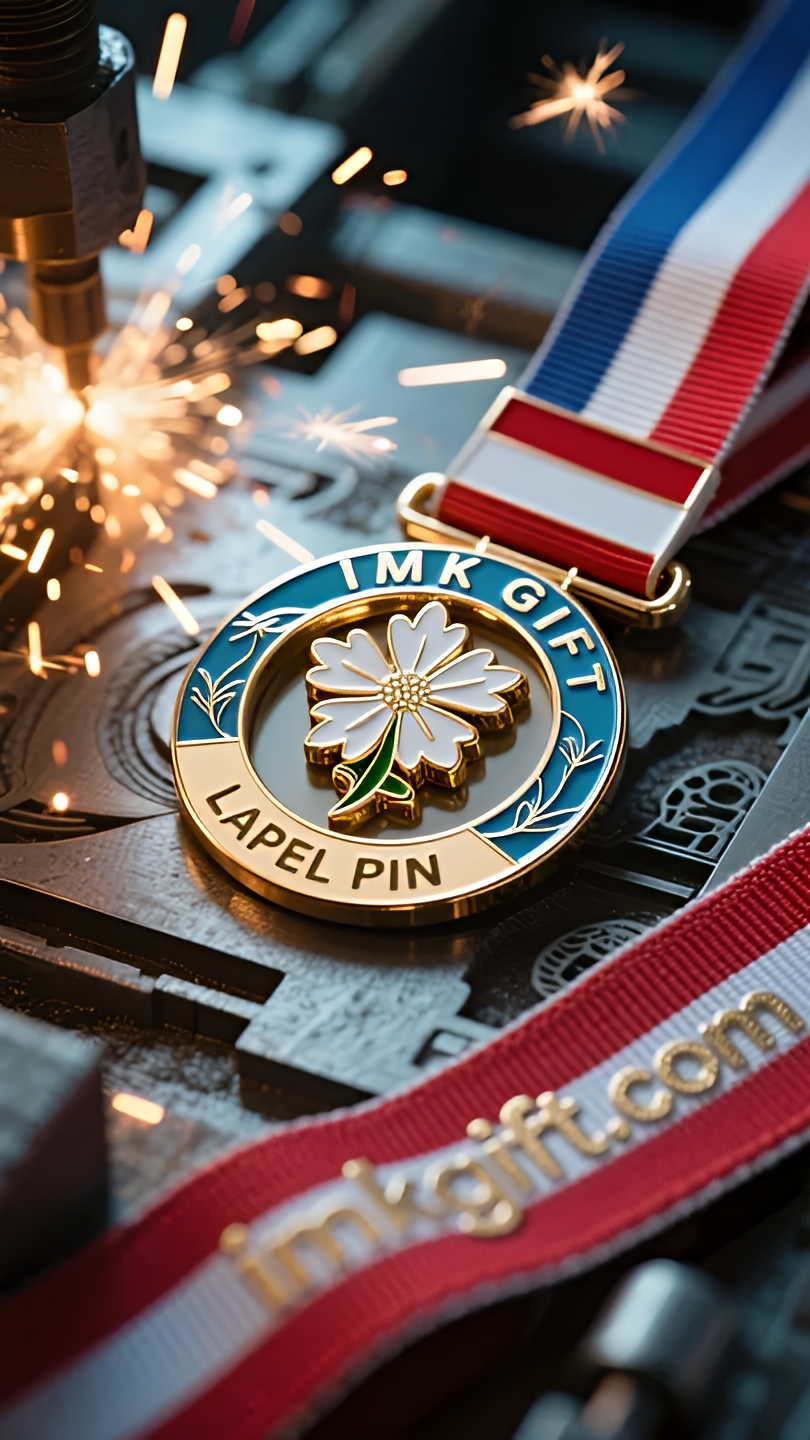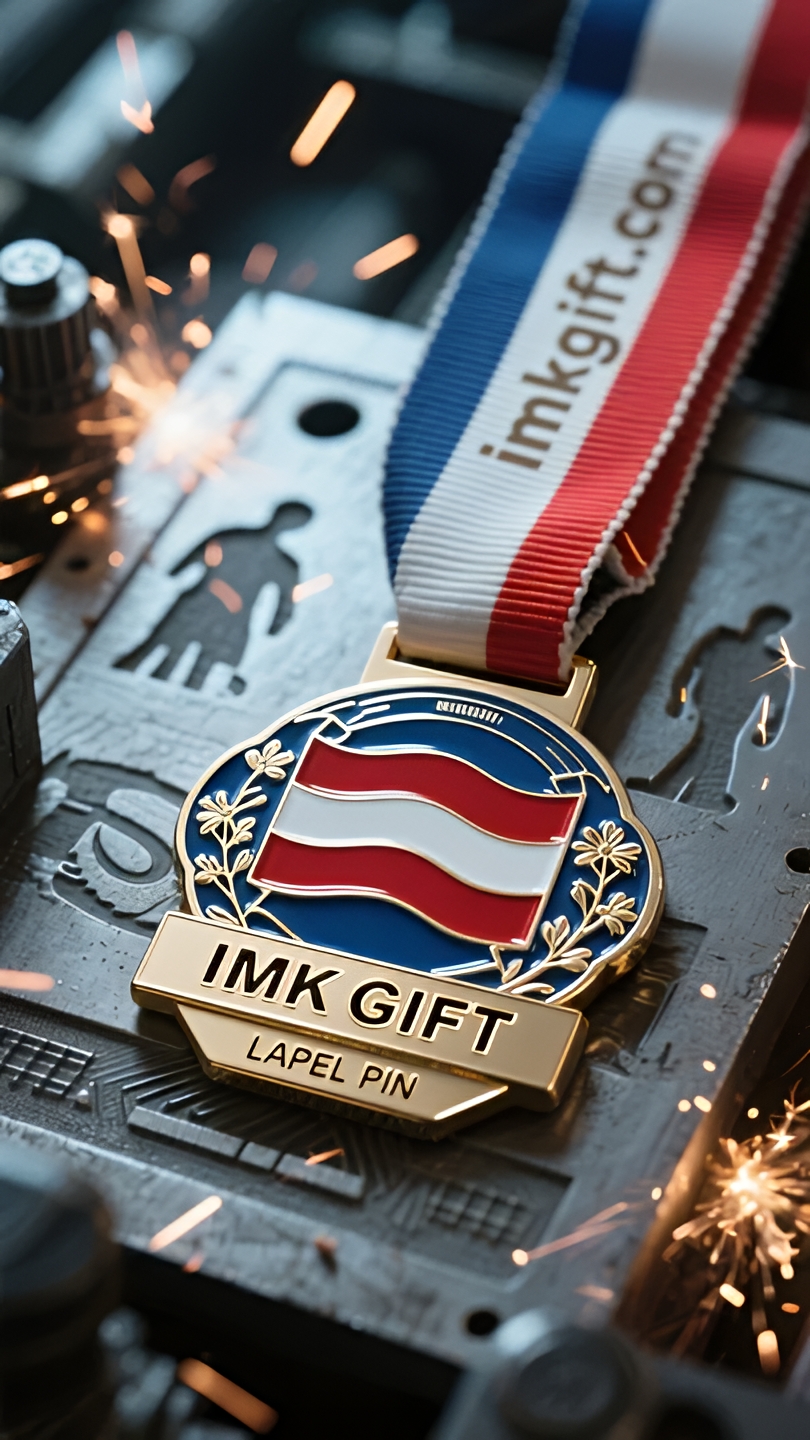in983-Edelweiß-Medaille-Das-Leben-blüht-unter-der-rot-weißen-Flagge
▼
Im beißend kalten Wind der Alpen umhüllt das Edelweiß seine Knospen mit silbernem Flaum und blüht hartnäckig in Felsspalten auf 3.000 Metern Höhe. Diese Pflanze, die als Nationalblume Österreichs gilt, hat dieselbe Bedeutung wie die rot-weiße Flagge des Landes: Weiß steht für das reine Ideal auf den Gipfeln der schneebedeckten Berge und Rot für den Mut, der im Blut fließt. Jedes Jahr im Oktober wird in der Wiener Hofburg der Edelweiß-Orden verliehen. In diese Ehrenmedaille in Form einer neunblättrigen silbernen Blume ist der Nationalgeist Österreichs mit Eiskristallmustern eingraviert: Jedes Blütenblatt muss sieben Härte- und Schmiedevorgänge durchlaufen, genau wie die sieben Prüfungen, die man im Leben bestehen muss; Der in die Mitte der Blume eingelegte Rubin entspricht dem Kern des Mutes in der Mitte der Nationalflagge. Seit seiner Einführung im Jahr 1813 wurde der Preis nur an diejenigen verliehen, die in verzweifelten Situationen Wunder vollbracht haben – darunter auch Anna, eine Bergführerin, die im vergangenen Jahr 15 Touristen aus einer Lawine rettete. Ihr zerbrochener Eispickel wird zusammen mit der Medaille im Nationalmuseum ausgestellt. Während das Morgenlicht die Nationalflagge auf dem Parlamentsgebäude durchdringt, spannt sich die rot-weiße Seide im Wind in fließende Berge und Flüsse. Diese Farbe, die seit 79 Jahren weht, erinnert die Menschen stets daran, dass der wahre Ruhm nicht in der Eroberung der Berge liegt, sondern im Glauben an den Schutz des Lebens, wie beim Edelweiß, das in den dunkelsten Momenten mit Licht ausbricht, um die Welt zu erhellen. Jeder Träger der Medaille ist ein lebendiges Totem, das der Nationalflagge mehr Farbe verleiht.
In the bitter cold wind of the Alps, Edelweiss wraps its buds with silver fluff and blooms stubbornly in the cracks of rocks at an altitude of 3,000 meters. This plant, which is regarded as the national flower of Austria, is just like the meaning of the country’s red and white flag – white is the pure ideal on the top of the snow-capped mountains, and red is the courage flowing in the blood. Every October, the Hofburg Palace in Vienna holds an Edelweiss Medal Award Ceremony. This honorary medal, shaped like a nine-petal silver flower, is engraved with the national spirit of Austria with ice crystal patterns: each petal must undergo seven quenching and forging, just like the seven tests that life must go through; the ruby inlaid in the heart of the flower corresponds to the core of courage in the center of the national flag. Since its establishment in 1813, it has only been awarded to those who have created miracles in desperate situations – including Anna, a mountain guide who rescued 15 tourists in an avalanche last year. Her broken ice axe and medal are displayed together in the National Museum. When the morning light penetrates the national flag on the top of the Parliament Building, the red and white silk stretches into a flowing mountain river in the wind. This color, which has been flying for 79 years, always reminds people that the real glory lies not in conquering the mountains, but in the belief in protecting life, just like the edelweiss, which bursts out to illuminate the world in the darkest moment. Everyone who wears the medal is a living totem that makes the national flag more colorful.
在阿尔卑斯山脉的凛冽寒风中,雪绒花用银色绒毛裹住花苞,于海拔三千米的岩缝中倔强绽放。这种被奥地利奉为国花的植物,正如同这个国家红白双色国旗的寓意——白色是雪山之巅的纯粹理想,红色是流淌在血脉里的勇气。
每年十月,维也纳霍夫堡宫都会举行雪绒花勋章颁发典礼。这枚以九瓣银花为造型的荣誉勋章,用冰晶纹路镌刻着奥地利的国家精神:每片花瓣都需经历七次淬火锻造,正如人生必经的七重考验;花心镶嵌的红宝石,对应着国旗中央的勇气之核。自1813年设立以来,它只授予那些在绝境中创造奇迹的勇者——包括去年在雪崩中救出15名游客的登山向导安娜,她破碎的冰镐与勋章共同陈列在国家博物馆。
当晨光穿透议会大厦顶端的国旗,红白绸缎在风中舒展成流动的山河。这抹飘扬了79年的色彩,始终提醒着人们:真正的荣耀不在于征服山峰,而在于守护生命的信念如同雪绒花般,在至暗时刻迸发出照亮世界的光芒。每个佩戴勋章的人,都是让国旗更鲜艳的活体图腾。
▼
Contact Us
📞 Tel: +0086-760-85286839
📧 Email: sales3@imkgift.com








